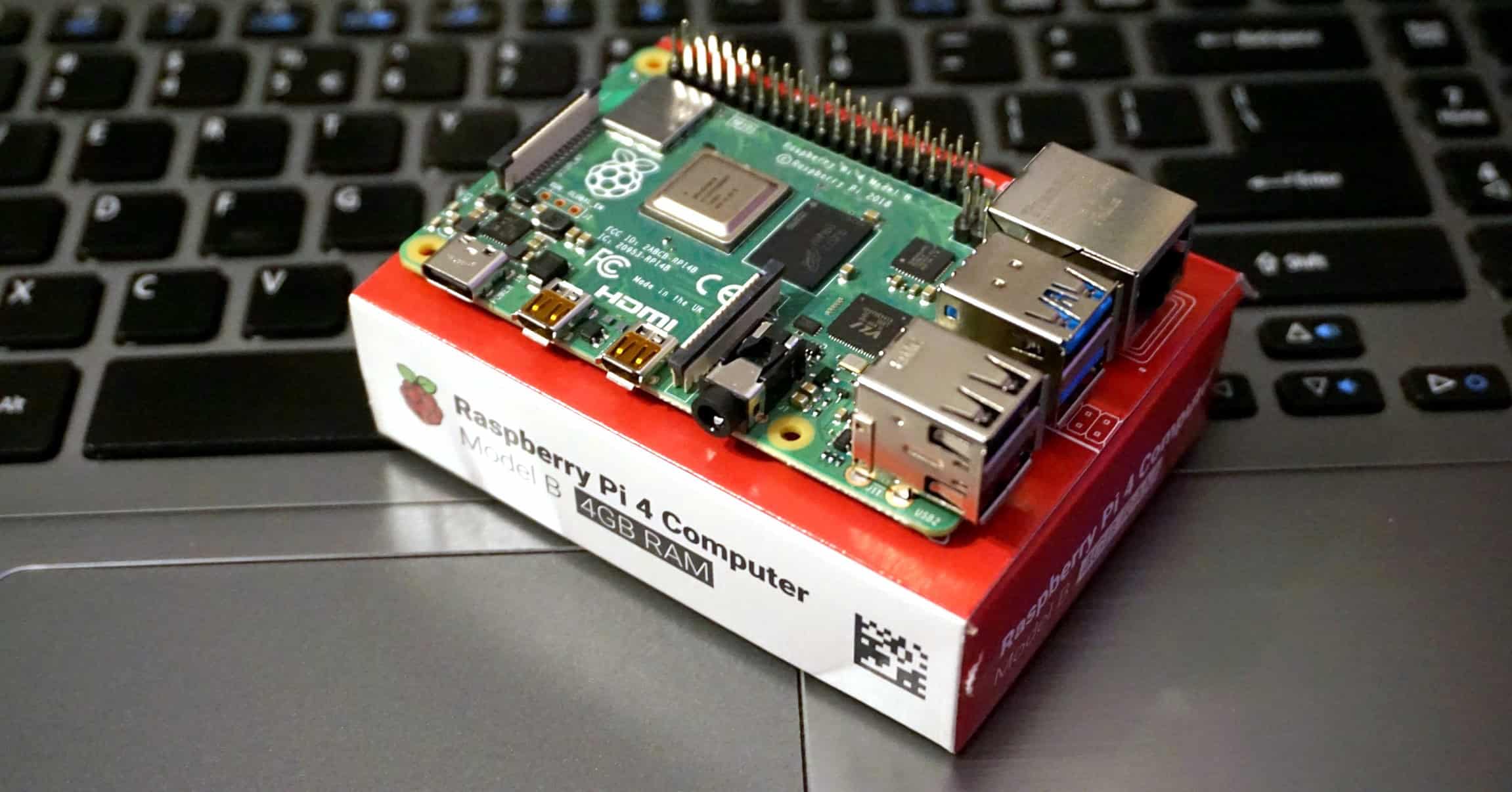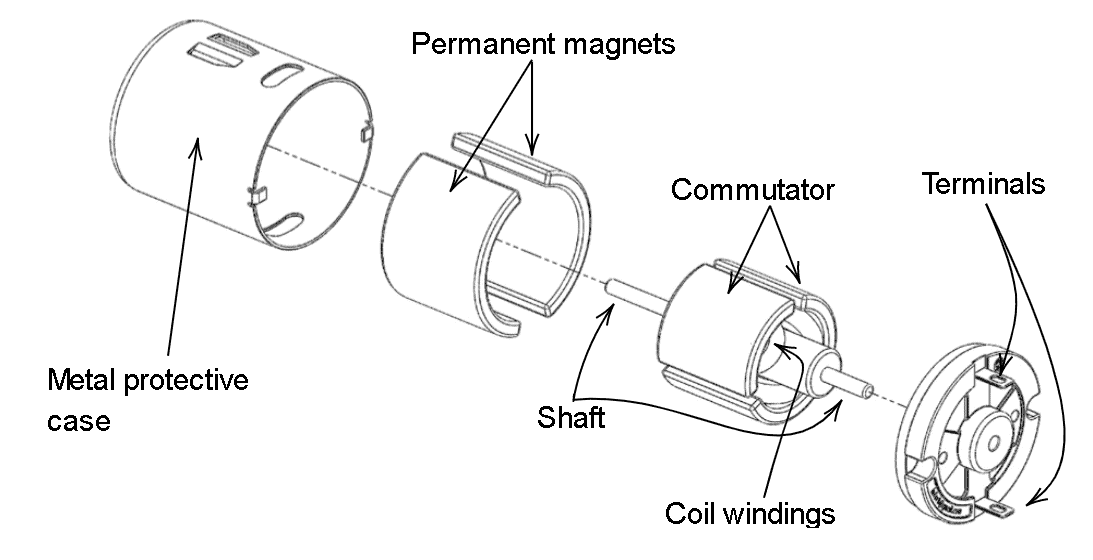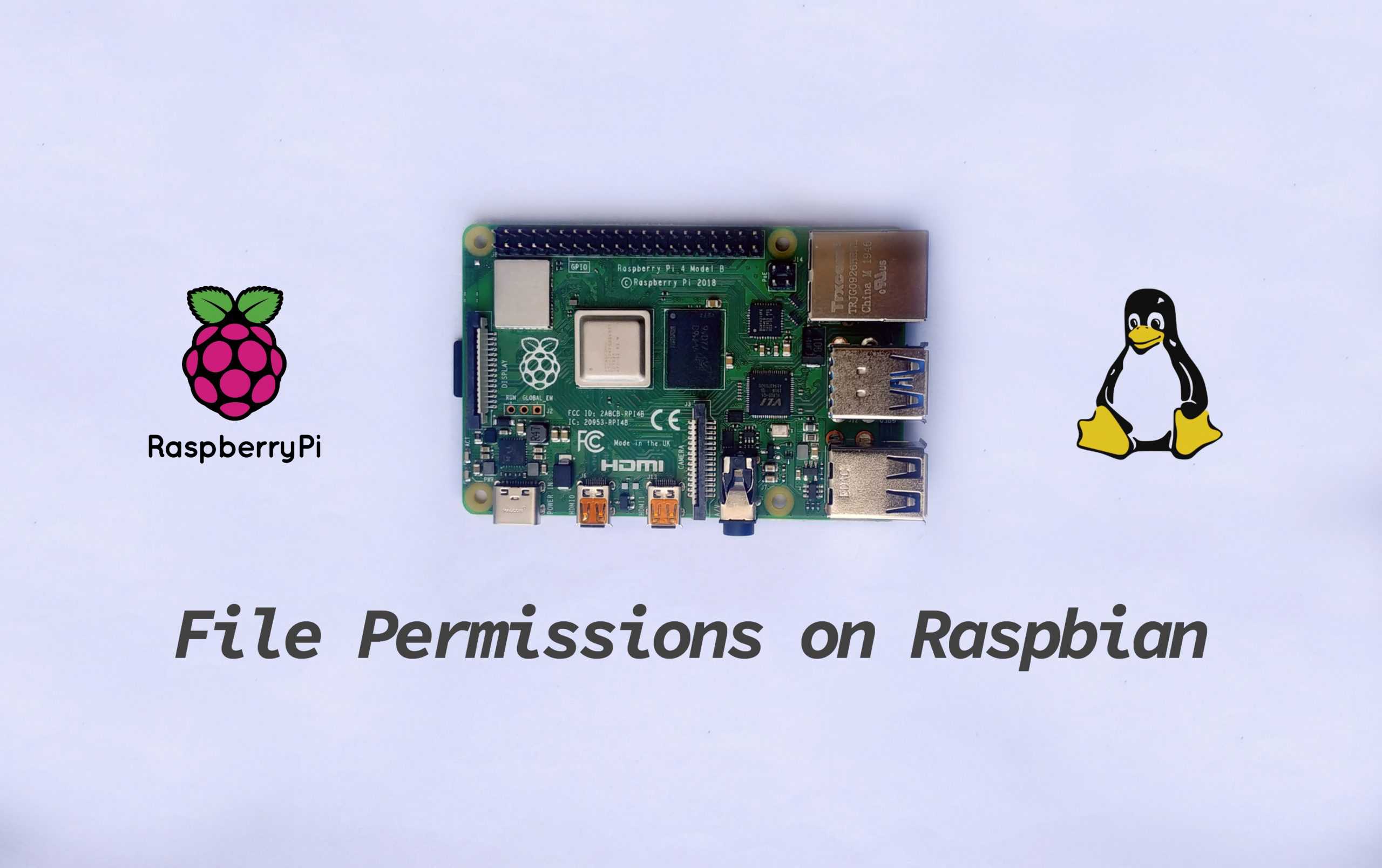The Raspberry Pi is a go-to device for developing computer-based projects. It has a smooth learning curve and has a large community that can be tapped for support.
The Raspberry Pi
The Raspberry Pi is a single-board computer developed by the Raspberry Pi Foundation in the UK and first released on 24 February 2012. It is an ARM-based computer with GPIO pins, USB, ethernet, among other things. The goal of the inventors of the Raspberry Pi was to promote computer science in schools and developing countries by making a cheap single-board computer. Being a very inexpensive computer that is almost the same size as a credit card, the Raspberry Pi has been used other than being a simple desktop computer.
Popularity
Shortly after its initial release in 2012, people found uses for the Raspberry Pi other than in its intended market. Raspberry Pi is now used in robotics and weather monitoring, to name a few. It became popular because of its intuitive design and support from the community. Using a Linux-based OS also made it easier for modders and programmers to develop drivers and software for it.
Capabilities
Simply put, the Raspberry Pi is a computer with a tiny form factor. You can use it as a desktop computer with a Linux-based OS (Raspberry Pi OS). Aside from being a computer, the Raspberry Pi can also do other unconventional stuff. It can control items in your house, a flight controller for your drone, a weather monitoring system, a data logger, the brains of your smart robot, even as a medicine dispenser complete with logs and patient records. The list can go on and on. Only your imagination is the limit.
Available Models
There are a lot of Raspberry Pi boards since the first board was released. We have the Raspberry Pi 1, 2, 3, the latest Raspberry Pi 4, and the compute modules. We will skim through the different models that are available in the market as of this article’s writing and mention the major hardware components of each.
Raspberry Pi 1
Raspberry Pi 1 is based on the first model released by the Raspberry Pi Foundation. The latest design includes a single-core ARM processor with 512 MB RAM. Raspberry Pi 1 Model A+ and B+ both have 40-pin GPIO, USB2.0, and HDMI Type A. Model B+ difference is that it has ethernet and has more USB2.0 ports.
Raspberry Pi 2
Raspberry Pi 2 is an improvement of the first release, and the latest design includes a quad-core 32-bit ARM processor with 1 GB RAM. Model B has a 40-pin GPIO, 4x USB2.0, HDMI Type A, and an ethernet port.
Raspberry Pi 3
The Raspberry Pi 3 is the third generation of Raspberry Pi. The latest design includes a quad-core 64-bit ARMv8 processor with 1 GB RAM. Raspberry Pi 3 Model A+, B+, and B both have 40-pin GPIO, USB2.0, and HDMI Type A. Model B/B+ difference from Model A+ is that it has ethernet and has more USB2.0 ports.
Raspberry Pi 4
Raspberry Pi 4 is the latest and most advanced Raspberry Pi to date. The newest board boasts a quad-core 64-bit ARMv8 processor with 2GB, 4GB, or 8GB models.
Aside from the new processor and more ram choices, the Rpi4 now has dual-display capabilities. The display ports use micro-HDMI ports and can support 4K resolution. Also, the board’s 2-out-of-4 of the USB ports are USB3.0 to support faster data transfers.
Hobbyists will also be happy to know that Raspberry Pi 4 had upgrades in the GPIO department. The GPIO layout is still the same, which is 40 pins arranged in 2 rows and backward-compatible. But now, some pins have added capabilities that resulted in four additional I2C, SPI, and UART interfaces.
To energize the board, the power supply connector was changed to the latest USB type C, which can supply the required 3A of power.
Compute Module
Compute modules were created for industrial purposes or projects that need a leaner form factor than what is available with the Raspberry Pi boards. With these modules, you get the full benefit of the Broadcom Chips without the restriction of the Raspberry Pi boards. These compute modules give you access to all the I/O interfaces of the Broadcom chip, which provides you with more flexibility in your design.
Side-by-side comparison
The table below shows side-by-side comparisons of the models discussed.
| Model | Size | Processor | Memory | Interface |
| Raspberry Pi 4 Model B | 85.6 mm × 56.5 mm (3.37 in × 2.22 in) | Broadcom BCM2711 Quad core Cortex-A72 (ARM v8) 64-bit SoC @ 1.5GHz | 2GB 4GB 8GB | 40-pin GPIO, IEEE 802.11ac, Gigabit Ethernet, 2x USB2.0, 2x USB3.0, 2x micro-HDMI |
| Raspberry Pi 3 Model A+ | 65 mm × 30 mm (2.6 in × 1.2 in) | Broadcom BCM2837B0 Cortex-A53 (ARMv8) 64-bit SoC @ 1.4GHz | 512 MB | 40-pin GPIO, IEEE 802.11 b/g/n/ac, Bluetooth 4.2/BLE, 1x USB2.0, 1x HDMI Type A |
| Raspberry Pi 3 Model B+ | 85.6 mm × 56.5 mm (3.37 in × 2.22 in) | Broadcom BCM2837B0 Cortex-A53 (ARMv8) 64-bit SoC @ 1.4GHz | 1GB | 40-pin GPIO, IEEE 802.11.b/g/n/ac, Gigabit Ethernet (max 300 Mbps), Bluetooth 4.2/BLE, 4x USB2.0, 1x HDMI Type A |
| Raspberry Pi 3 Model B | 85.6 mm × 56.5 mm (3.37 in × 2.22 in) | Broadcom BCM2837 Cortex A53 (ARMv8) Quad Core 64bit @ 1.2GHz | 1GB | 40-pin GPIO, BCM43438 wireless, 100 Base Ethernet, Bluetooth Low Energy, 4x USB2.0, 1x HDMI Type A |
| Raspberry Pi 2 Model B | 85.6 mm × 56.5 mm (3.37 in × 2.22 in) | Broadcom BCM2837 Cortex A53 (ARMv8) Quad Core 32bit @ 1.2GHz | 1GB | 40-pin GPIO, 100 Base Ethernet, 4x USB2.0, 1x HDMI Type A |
| Raspberry Pi 1 Model B+ | 85.6 mm × 56.5 mm (3.37 in × 2.22 in) | Broadcom BCM2835 ARM1176JZF-S 700MHz | 512MB | 40-pin GPIO, 100 Base Ethernet, 4x USB2.0, 1x HDMI Type A |
| Raspberry Pi 1 Model A+ | 65 mm × 56.5 mm (2.56 in × 2.22 in) | Broadcom BCM2835 | 512MB | 40-pin GPIO, 1x USB2.0, 1x HDMI Type A |
| Raspberry Pi Zero W | 65 mm × 30 mm (2.6 in × 1.2 in) | Broadcom BCM2835 single-core 1GHz | 512MB | 40-pin GPIO, 802.11 b/g/n wireless, Bluetooth 4.1/BLE, 1x mini-HDMI, 1x USB-OTG |
| Raspberry Pi Zero | 65 mm × 30 mm (2.6 in × 1.2 in) | Broadcom BCM2835 single-core 1GHz | 512MB | 40-pin GPIO, 1x mini-HDMI, 1x USB-OTG |
| Compute Module 1 | 67.6x30mm | Broadcom BCM2835 | 512MB | |
| Compute Module 3 | 67.6x30mm | Broadcom BCM2837 | 1GB | |
| Compute Module 3+ | 67.6x30mm | Broadcom BCM2837B0 Cortex-A53 (ARMv8) 64-bit SoC @ 1.4GHz | 1GB |
Raspberry Pi has paved the way for budding electronic enthusiasts to go and try combined hardware and software development using a Linux computer without much fiddling with hardware connectors and interfaces. You can read more articles about projects based on the Raspberry Pi here at Circuit Basics. Feel free to leave a comment below if you have any questions!





